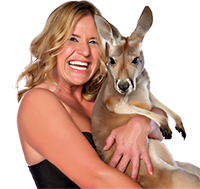 | Kangaroo LanieAmerica's Wild Girl | 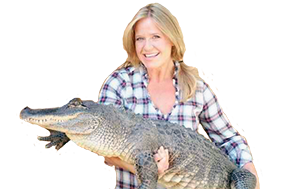
|
..And Her Animal Friends Seen at Events Nationwide | ||
|
| 

|
 `
`

Television celebrities love to be with and show off our animals.
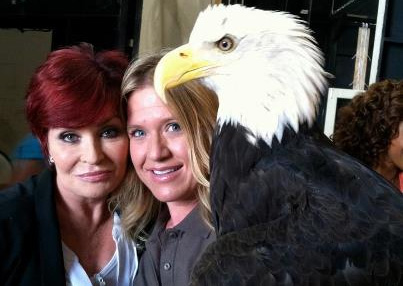
I can bring animals with me to any location.

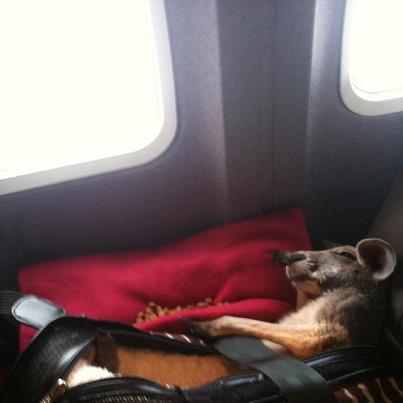

Porcupines are rodents with a coat of sharp spines, or quills, that defend and camouflage them from predators. They are indigenous to the Americas, southern Asia, and Africa. Porcupines are the third largest of the rodents, behind the capybara and the beaver. Most porcupines are about 25-36 in (63-91 cm) long, with an 8-10 in (20-25 cm) long tail. Weighing between 12-35 lb (5.4-16 kg), they are rounded, large and slow. Porcupines come in various shades of brown, grey, and the unusual white. Porcupines' spiny protection resembles that of the unrelated erinaceomorph hedgehogs and monotreme echidnas.
The common porcupine is an herbivore. It eats leaves, herbs, twigs and green plants like skunk cabbage and clover and in the winter it may eat bark. The North American porcupine often climbs trees to find food. The African porcupine is not a climber and forages on the ground. [1] It is mostly nocturnal, but will sometimes forage for food in the day. Porcupines have become a pest in Kenya and are eaten as a delicacy.
Porcupines' quills, or spines, take on various forms, depending on the species, but all are modified hairs coated with thick plates of keratin, and they are embedded in the skin musculature. Old World porcupines (Hystricidae) have quills embedded in clusters, whereas in New World porcupines (Erethizontidae), single quills are interspersed with bristles, underfur and hair.
Quills are released by contact with them, or they may drop out when the porcupine shakes its body, but cannot be projected at attackers. New quills grow to replace lost ones. From ancient times, it was believed that porcupines could throw their quills at an enemy, but this has long been refuted.
Porcupines occupy a short range of habitats in tropical and temperate parts of Asia, Southern Europe, Africa, and North and South America. Porcupines live in forests, deserts, rocky outcrops and hillsides. Some New World porcupines live in trees, but Old World porcupines stay on the rocks. Porcupines can be found on rocky areas up to 3,700 m (12,100 ft) high. Porcupines are generally nocturnal but are occasionally active during daylight.
 `
`
The clouded leopard (Neofelis nebulosa) is a felid found from the Himalayan foothills through mainland Southeast Asia into China, and has been classified as vulnerable in 2008 by IUCN. Its total population size is suspected to be fewer than 10,000 mature individuals, with a decreasing population trend and no single population numbering more than 1,000 adults.
The fur of clouded leopards is of a dark grey or ochreous ground-colour, often largely obliterated by black and dark dusky-grey blotched pattern. There are black spots on the head, and the ears are black. Partly fused or broken up stripes run from the corner of the eyes over the cheek, from the corner of the mouth to the neck, and along the nape to the shoulders. Elongated blotches continue down the spine and form a single median stripe on the loins. Two large blotches of dark dusky-grey hairs on the side of the shoulders are each emphasized posteriorly by a dark stripe, which passes on to the fore leg and breaks up into irregular spots. The flanks are marked by dark dusky-grey irregular blotches bordered behind by long, oblique irregularly curved or looped stripes. These blotches yielding the clouded pattern suggest the English name of the cat. The underparts and legs are spotted, and the tail is marked by large irregular paired spots.
Their legs are short and stout, with broad paws. They have exceptionally long, piercing canine teeth, the upper being about three times as long as the basal width of the socket.[5] The upper pair of canines may measure 4 cm (1.6 in) or longer.
Clouded leopards are native to Indochina, Thailand, Peninsular Malaysia, Myanmar, Bhutan, Bangladesh, India, and Nepal. They are regionally extinct in Taiwan, and occur marginally in mixed-evergreen forests of the northeastern and southeastern parts of Bangladesh.[2] In the Himalayan foothills of eastern India they have been recorded up to an altitude of 1,450 m (4,760 ft).[8] They have been reported from relatively open, dry tropical forest in Myanmar and Thailand.[9] They prefer open- or closed-forest habitats to other habitat types.
In Assam, they have been observed in forests but have not been recorded in protected areas.[11] They occur in northern West Bengal, Sikkim, Arunachal Pradesh, Manipur, Meghalaya, Mizoram, Nagaland and Tripura.
Clouded leopards were believed to be extinct in Nepal, the last published record being from 1863. But in 1987–1988 four individuals were found in the country. These findings extended their known range westward suggesting that they are able to survive and breed in degraded woodlands and scrub previously supporting moist subtropical semi-deciduous forest.
Clouded leopards are the most talented climbers among the cats. In captivity, they have been observed to climb down vertical tree trunks head first, and hang on to branches with their hind paws bent around branchings of tree limbs. They are capable of supination and can even hang down from branches only by bending their hind paws and their tail around them. When jumping down, they keep hanging on to a branch this way until the very last moment. They can climb on horizontal branches with their back to the ground, and in this position make short jumps forward. When balancing on thin branches, they use their long tail to steer. They can easily jump up to 1.2 m (3.9 ft).
Clouded leopards have been observed to scent mark in captivity by urine spraying and head-rubbing on prominent objects. Presumably such habits are used to mark their territory in the wild, although the size of their home ranges is unknown. Like other big cats, they do not appear able to purr, but they otherwise have a wide range of vocalisations, including mewing, hissing, growling, moaning, and snorting. Apart from information stemming from observations of captive clouded leopards, little is known of their natural history and behavior in the wild. Early accounts depict them as rare, secretive, arboreal and nocturnal denizens of dense primary forest. More recent observations suggest that they may not be as arboreal and nocturnal as previously thought. They may use trees as day time rest sites but also spend a significant proportion of time on the ground. Some daytime movement has been observed suggesting that they are not strictly nocturnal but crepuscular. However, the time of day when they are active depends on their prey and the level of human disturbance.
Their partly nocturnal and far-ranging behaviour, their low densities, and the fact they inhabit densely vegetated habitats and remote areas makes the censusing and monitoring of clouded leopards extremely difficult. Consequently, little is known about their behaviour and status. Available information on their ecology is anecdotal, based on local interviews and a few sighting reports.
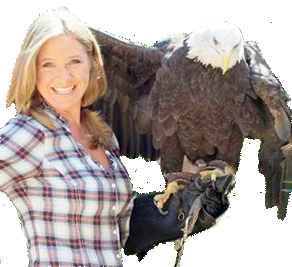 | Copyright 2012-2024, Kangaroo Lanie -- All Rights Reserved | 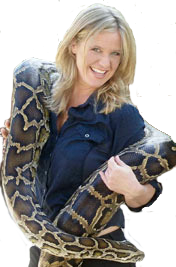
|
..And Her Animal Friends Seen at Events Nationwide | ||
|
| ||
|
Make sure to visit the Conservation Ambassadors Website. |